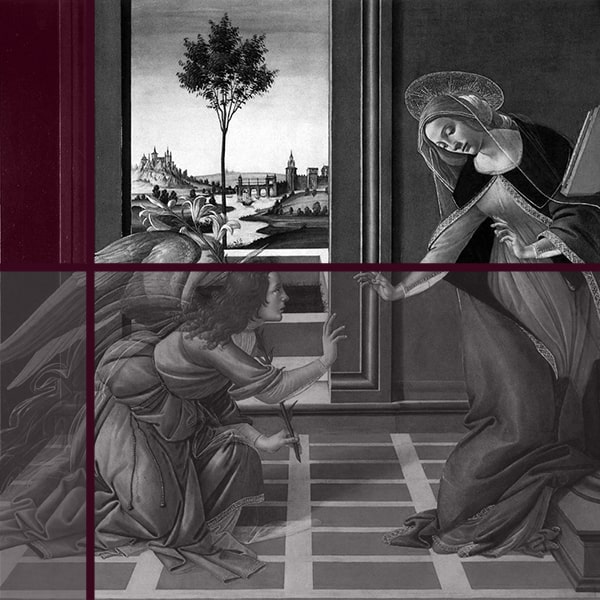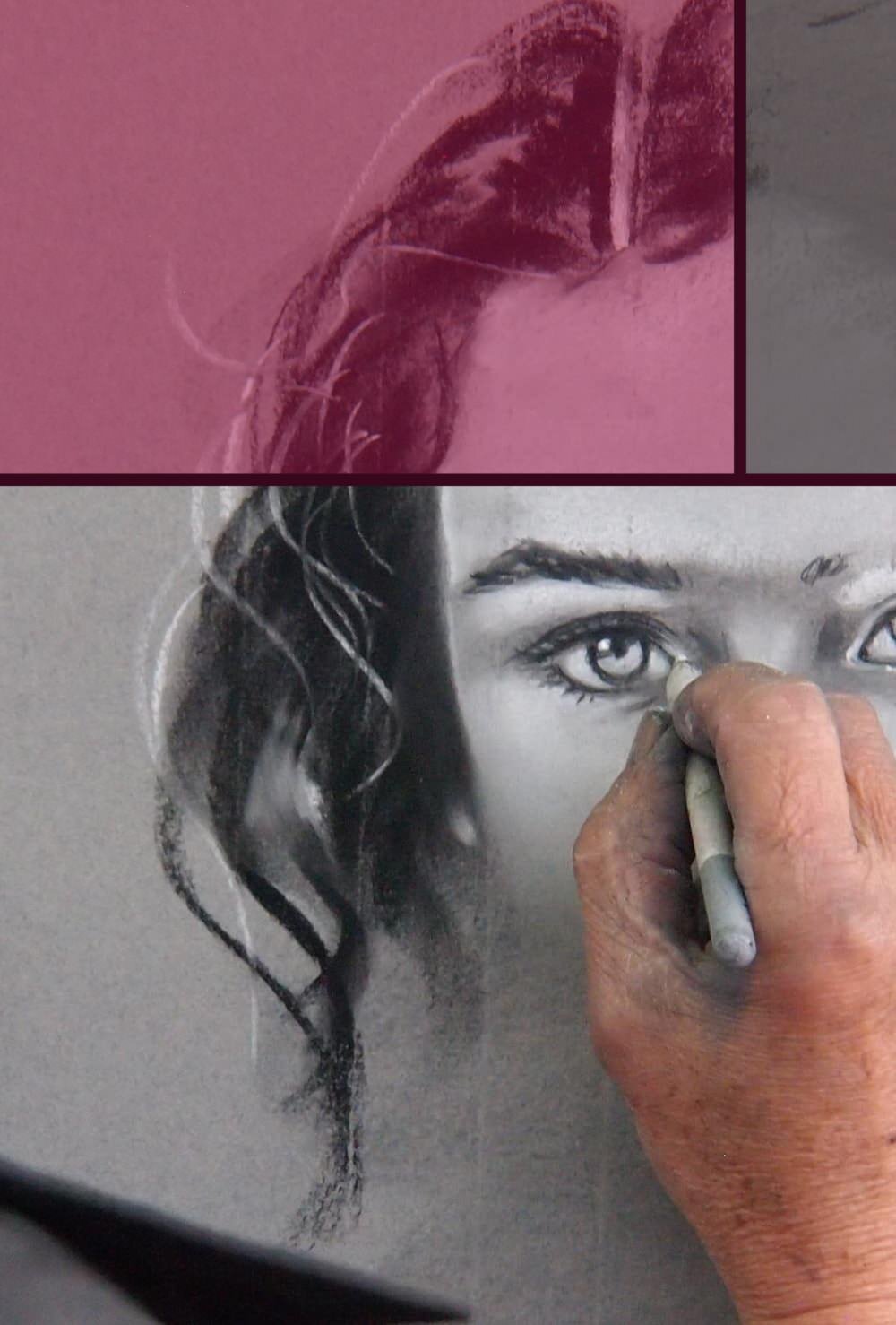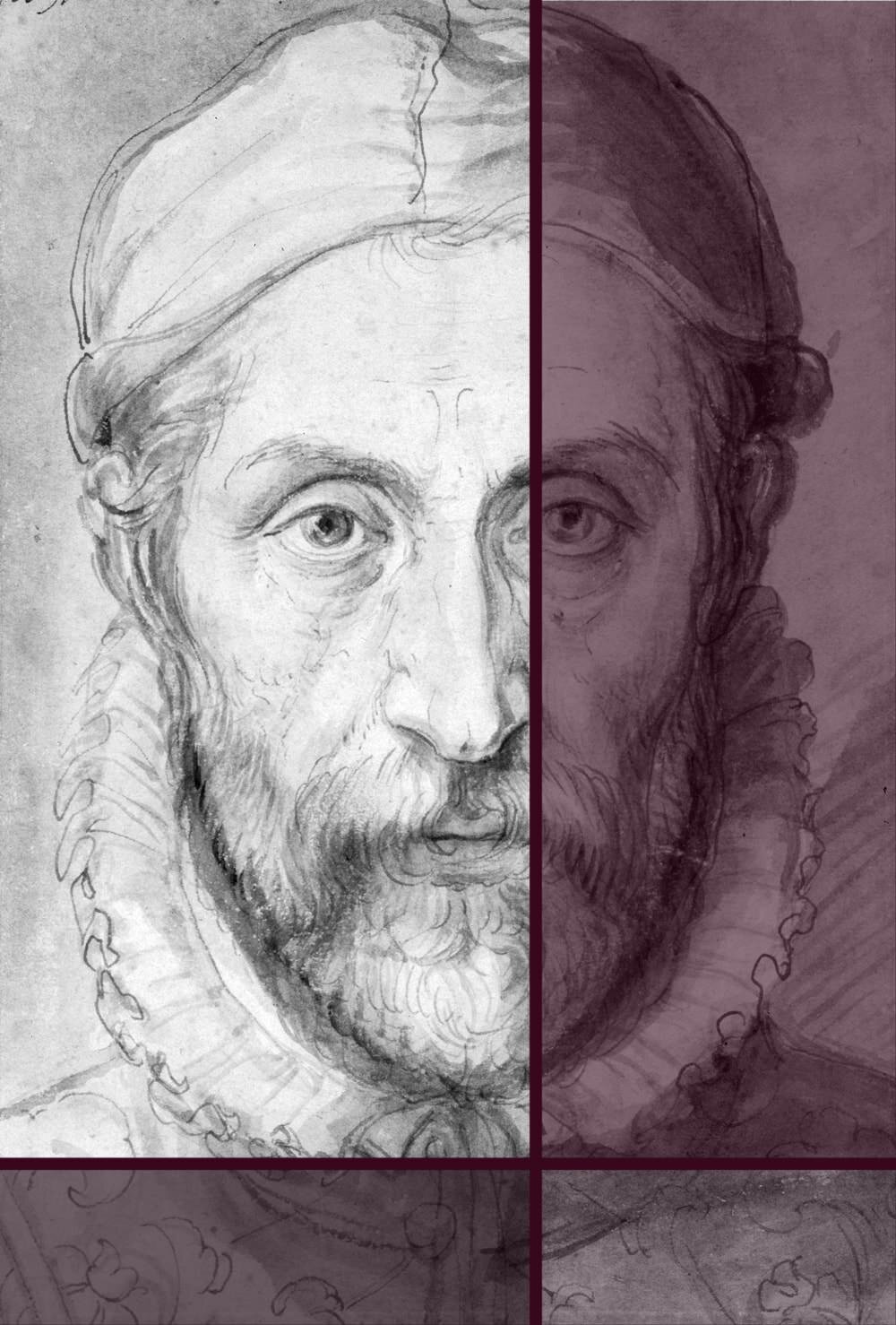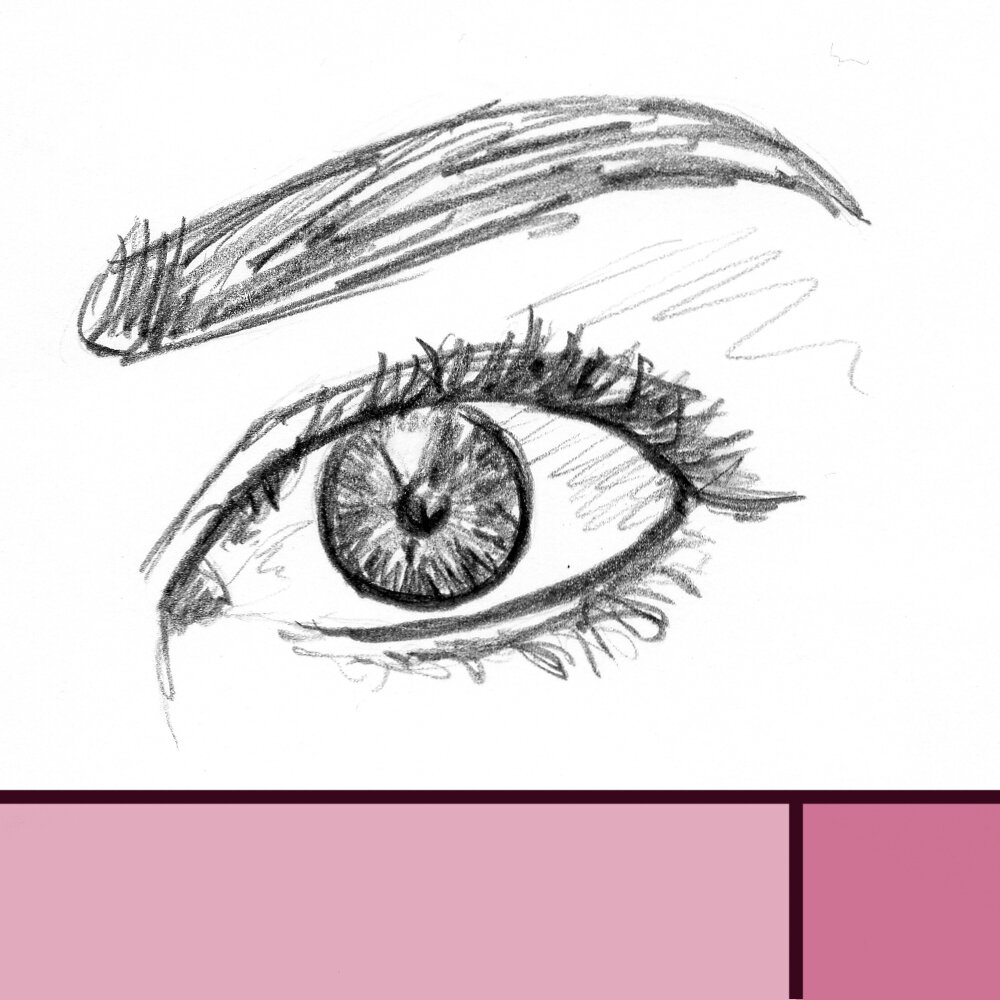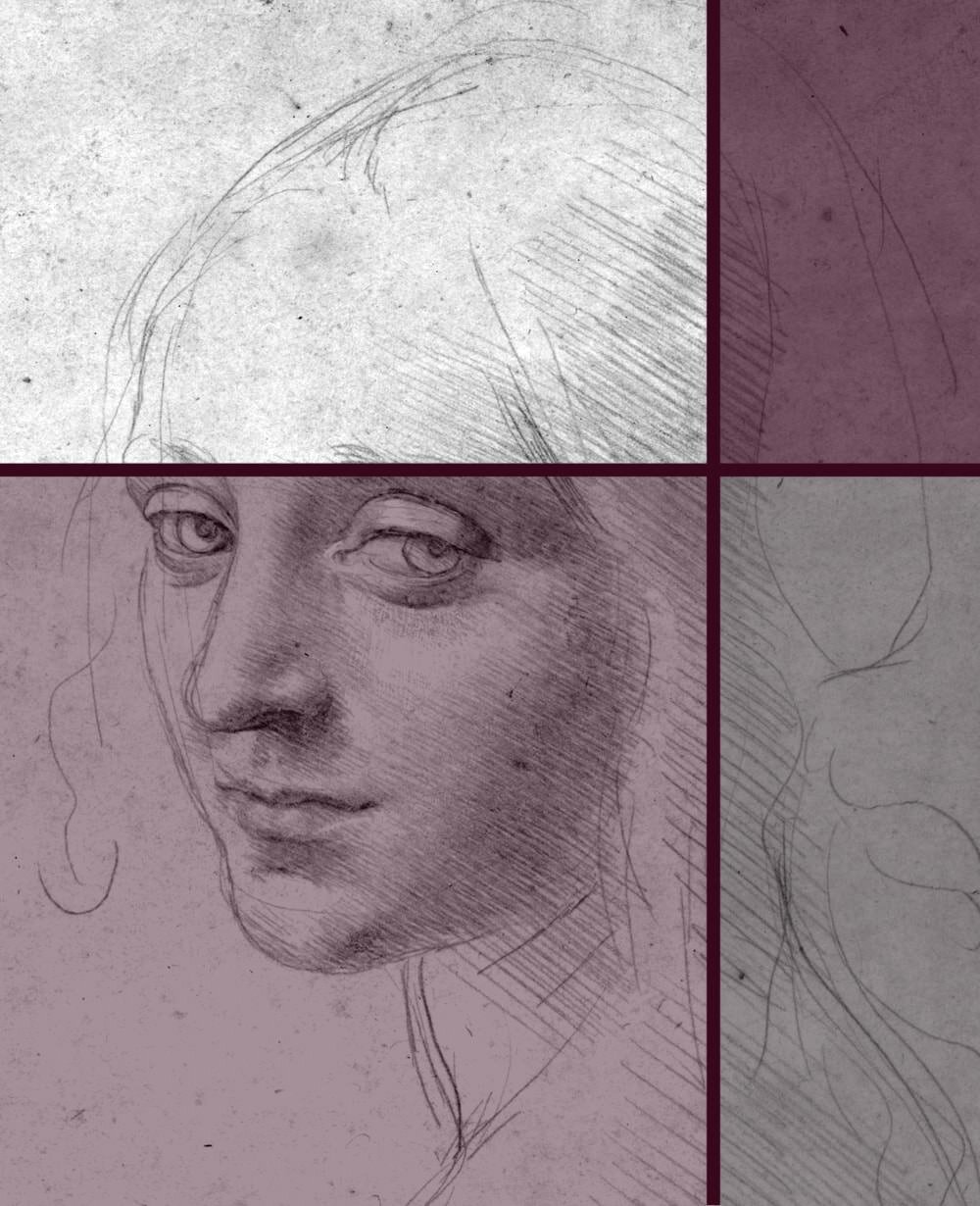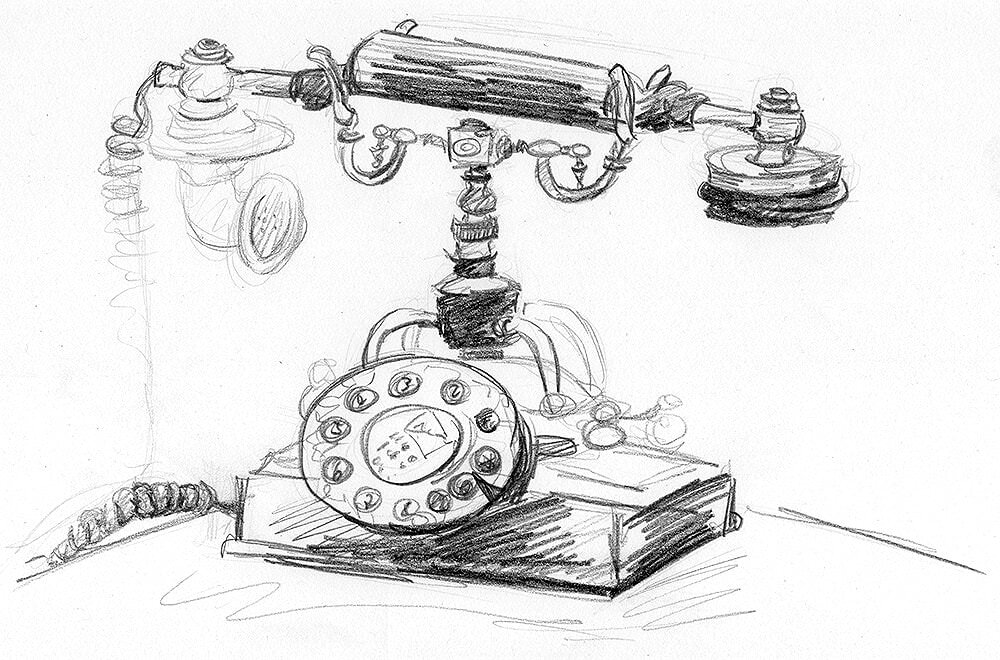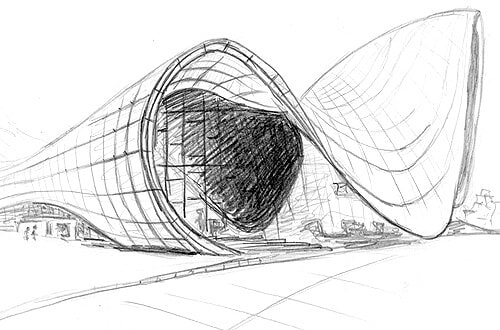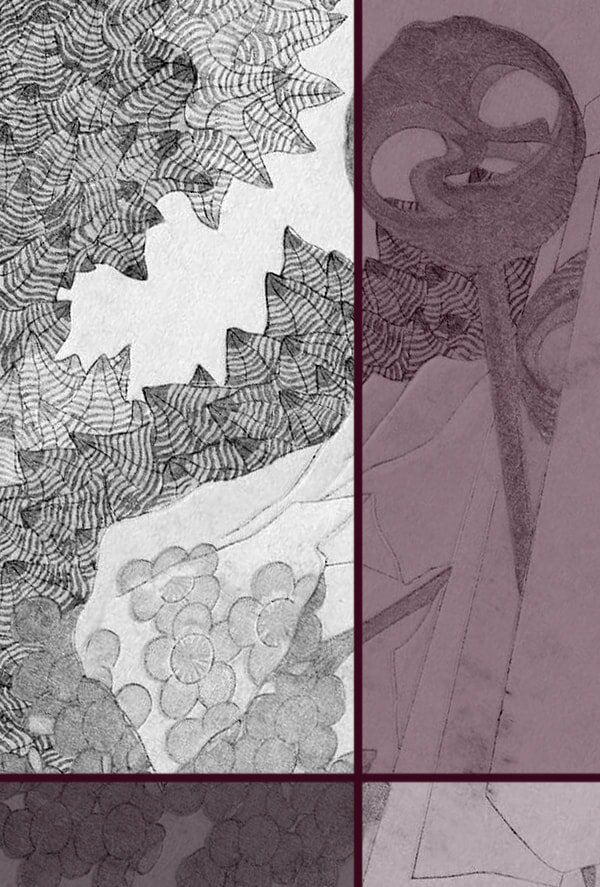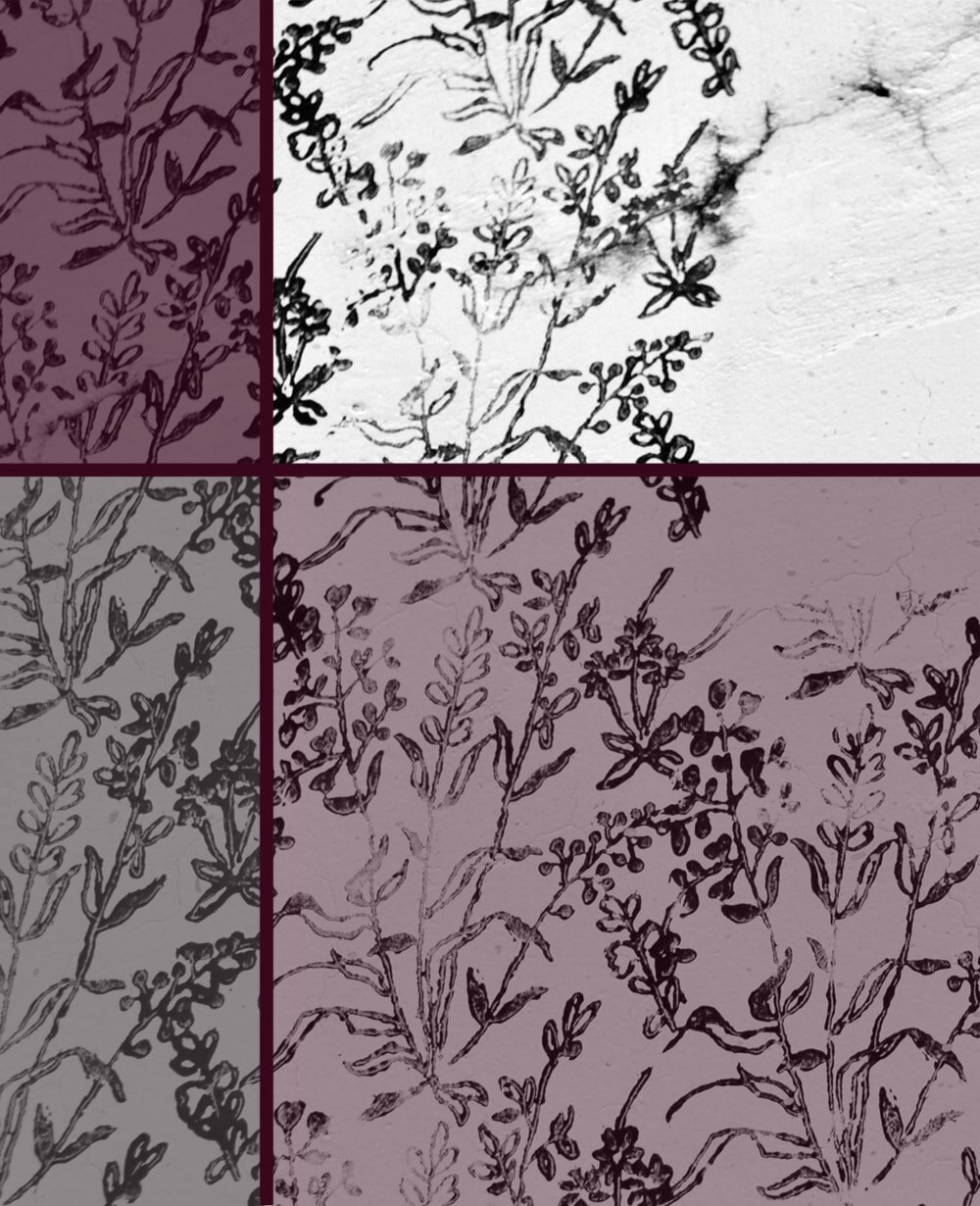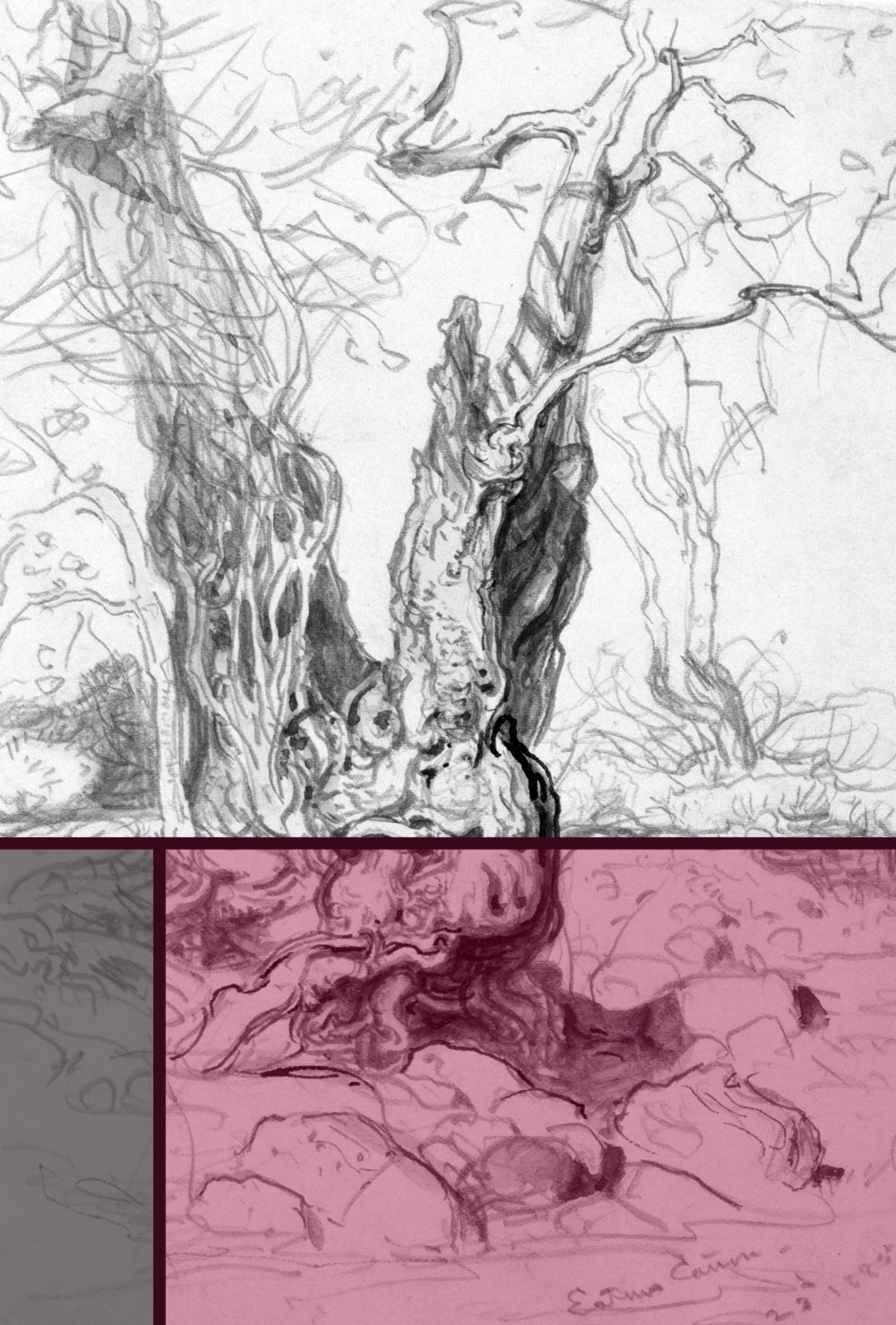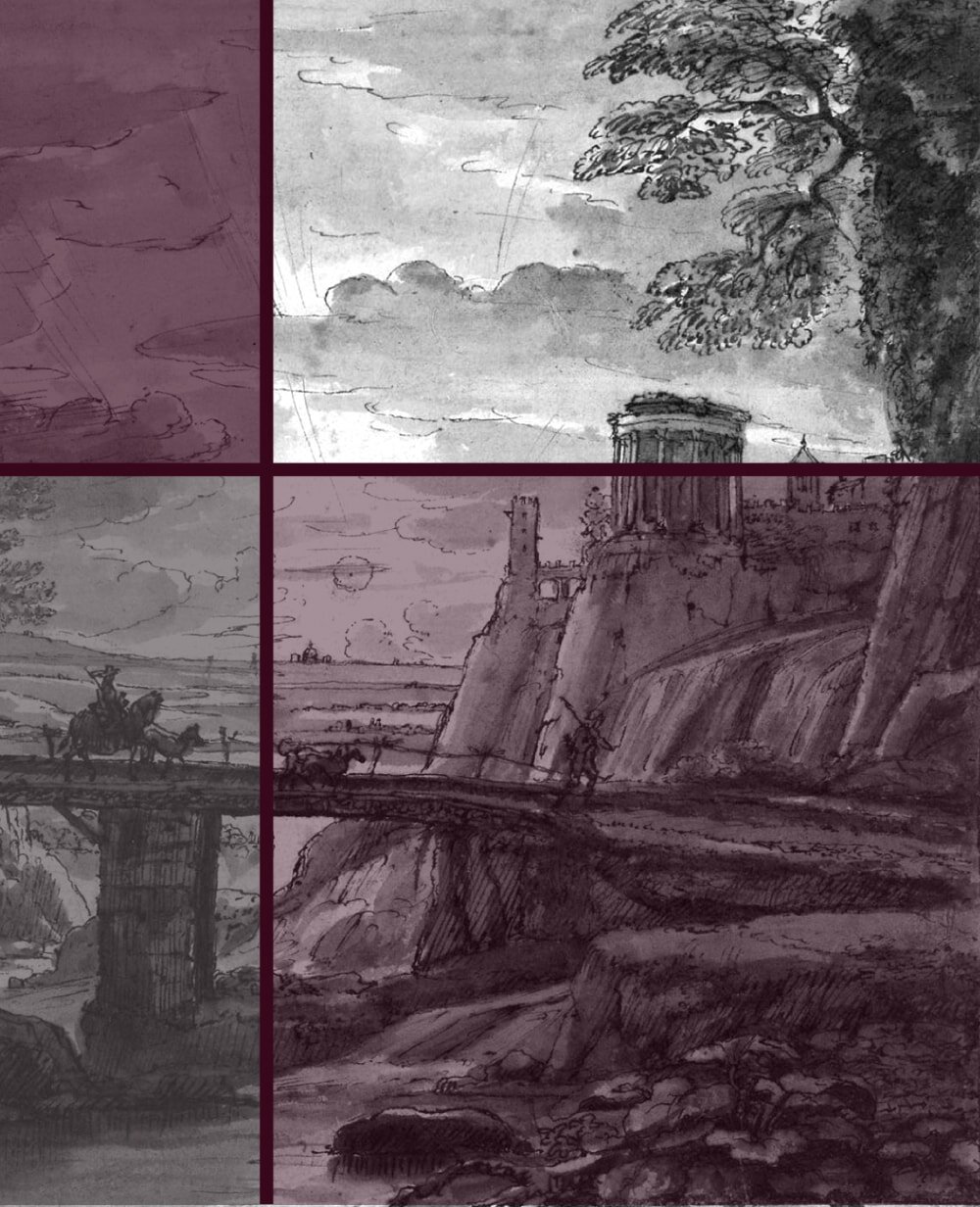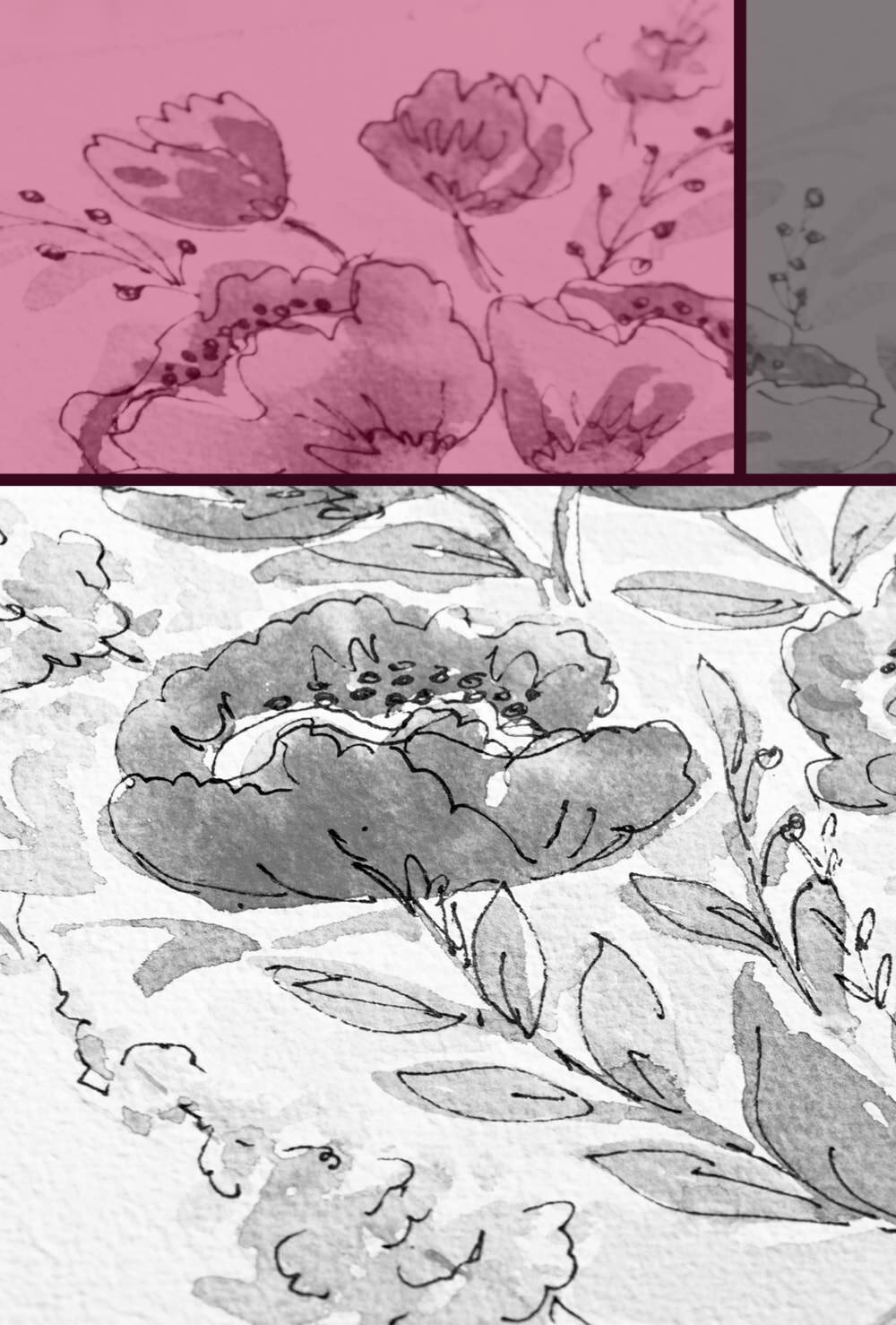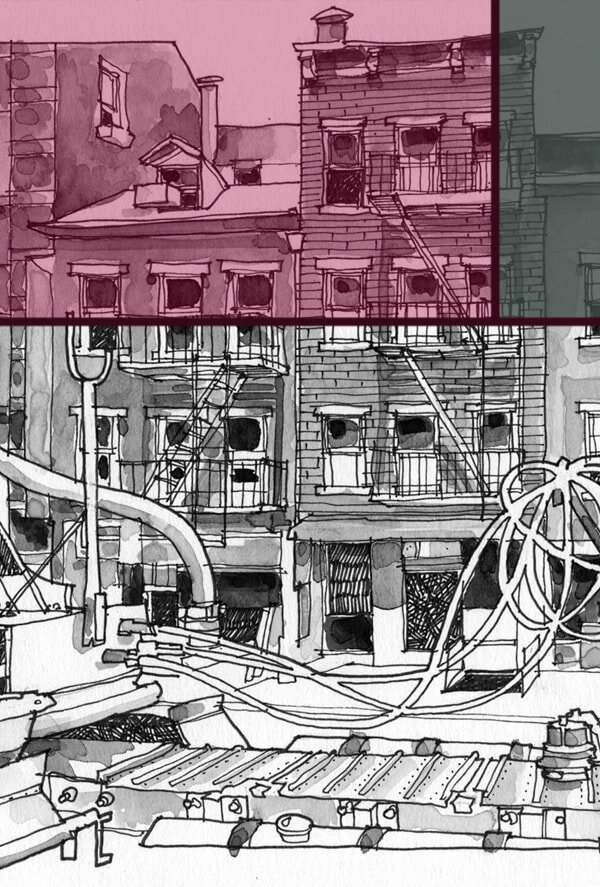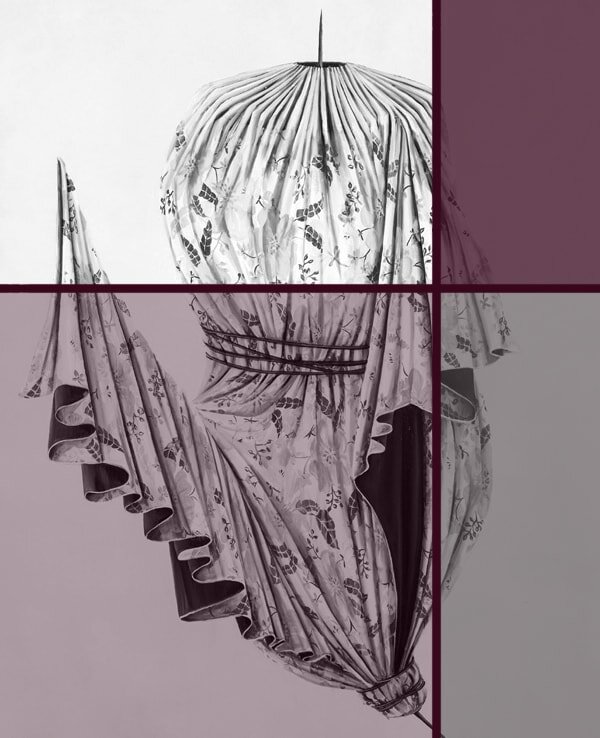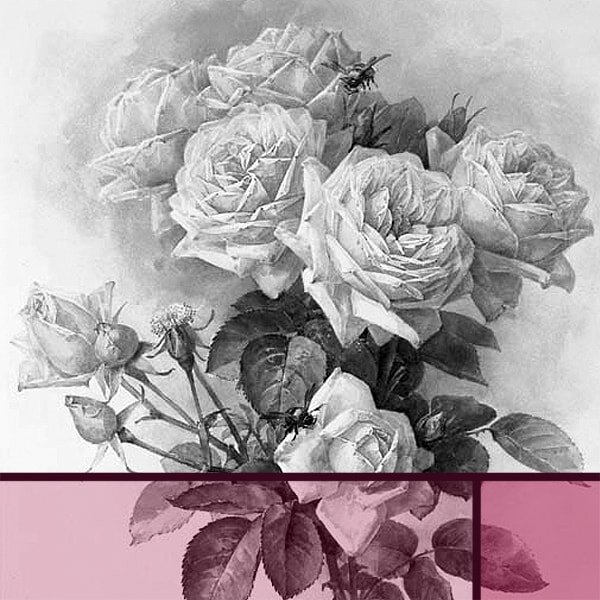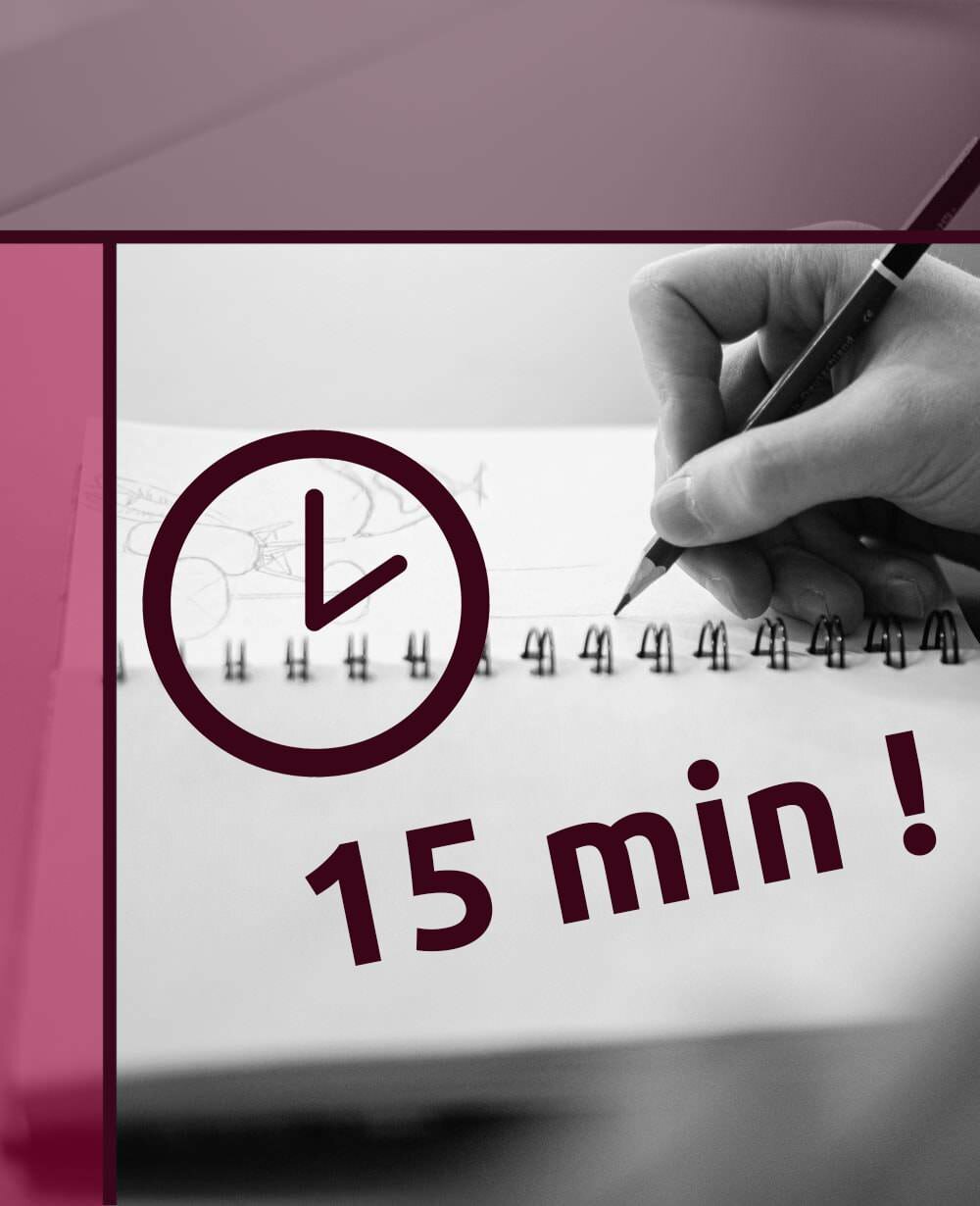Sketching Project Topic 4: Portraits
This page is about the fourth topic of the Sketching Project, a long-term endeavour created to help everyone learn or relearn sketching. You can find more information on the project on the following pages:
The topic has enough sketching ideas for 3 months, so that’ll give you a lot of time to get comfortable and become really good at drawing portraits. You choose which 3 months you want to dedicate to it.
All you need to do to get started is have a quick read through the outline, get your materials ready and follow the drawing prompts for each week.
I recommend starting with Topic 1: Still Life, because the difficulty level rises with the topics, but if you like drawing portraits above all else then you’re welcome to start here and get to the other topics later.
Have a look at all of my articles about portrait drawing to learn some extra helpful tips and tricks and become the best portrait artist you can be.
Portrait Sketching Prompts
Week 1: Head Shapes and Angles (no hair or facial features)
Week 2: Noses and Lips
Week 3: Eyes and Ears
Week 4: Hair (top hair and beards)
Week 5: Profile Views
Week 6: Full Front Views
Week 7: 3/4 Views
Week 8: High and Low Viewpoints (looking at subject from above/below)
Week 9: Copying famous Portraits (such as the Mona Lisa)
Week 10: Babies and Toddlers
Week 11: The Elderly
Week 12: Facial Expressions (happy, sad, angry, surprised...)
Some thoughts I’ve had while sketching Portraits
There's a lot more 3D structure to a face than I anticipated. Bumps and dips everywhere.
Eyebrows are super messy when you really look at them. Those hairs honestly grow in all directions.
Realising that not every portrait needs to be the standard full frontal or 3/4 view opens up a whole new world. There are so many ways to tilt the head and experiment with.
The problem with drawing sad or angry facial expressions is that it physically affects me to look at them for too long. I can't look at a person crying for an hour without ending up feeling kinda depressed myself. Biology at its best.
Certainly glad I am still doing my Warm-Up Exercises, those spheres are coming in well handy just now.
How can the same skin possibly consist of so many shades?
It's actually quite fascinating how few lines are needed to create rough sketch of a friend that can be recognised as them by everyone they know.
Main difficulties I’ve faced sketching Portraits
Faces are really unforgiving. An eye even by as little as a few millimetres off can make the whole thing look like an unintentional Picasso. Creating a good likeness needs a lot of practice.
You need to be on your shading A-game. Because there are so few "borders" and differences in texture in the human face it's mainly the shading that creates structure and depth.
Eyes are so overbearing. It's super difficult to set a focal point that's not the eyes, because our gaze keeps being drawn to them.
Things I’ve learned during this Topic
Darkening a few lines and shadows with a 6B pencil in the end makes any sketch look so much better.
You should regularly remind yourself to draw what you actually see and never to assume something looks a certain way.
The more I draw the more I want to draw.
Other Topics
Here’s are the links to all the finished topics for you to go through:


